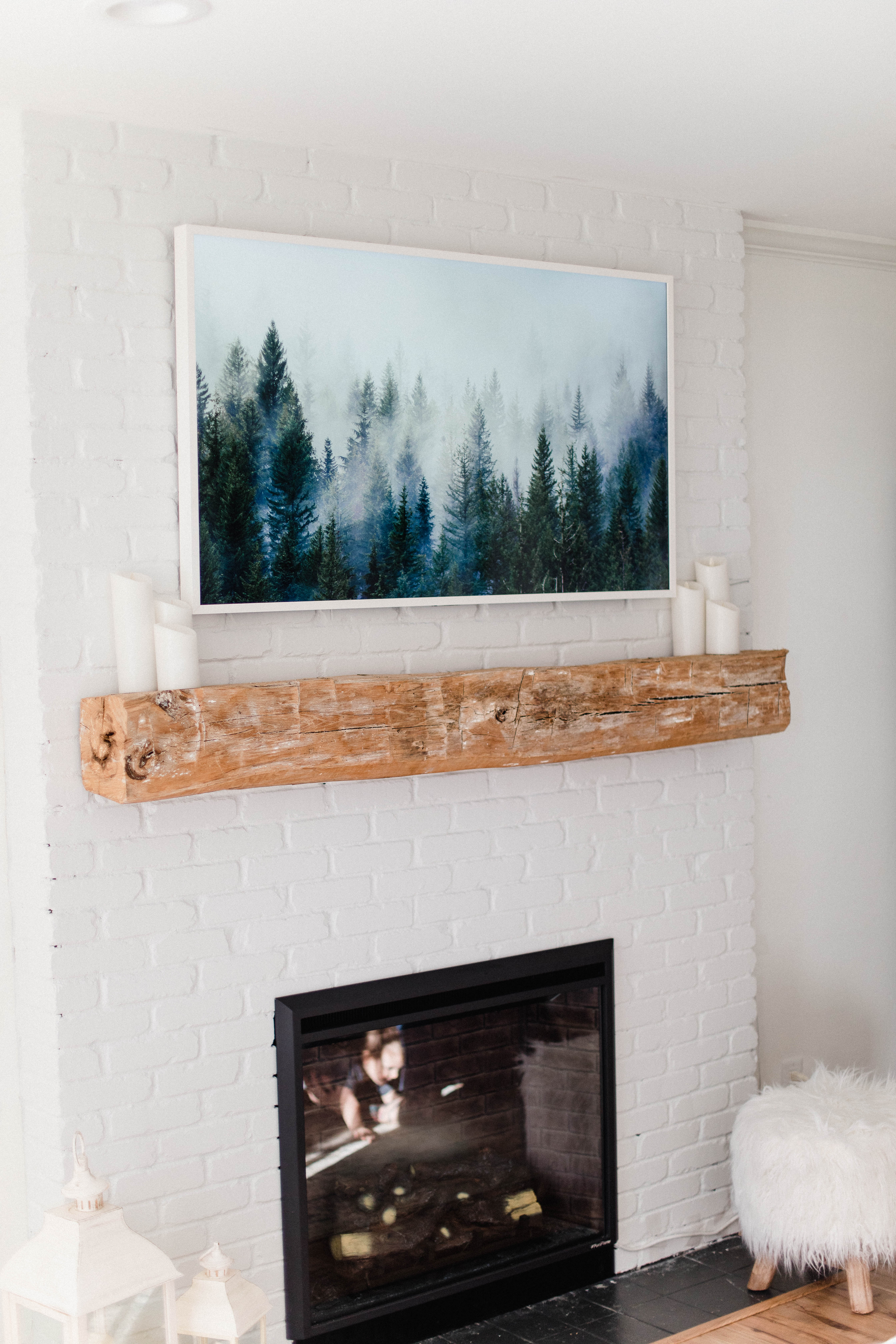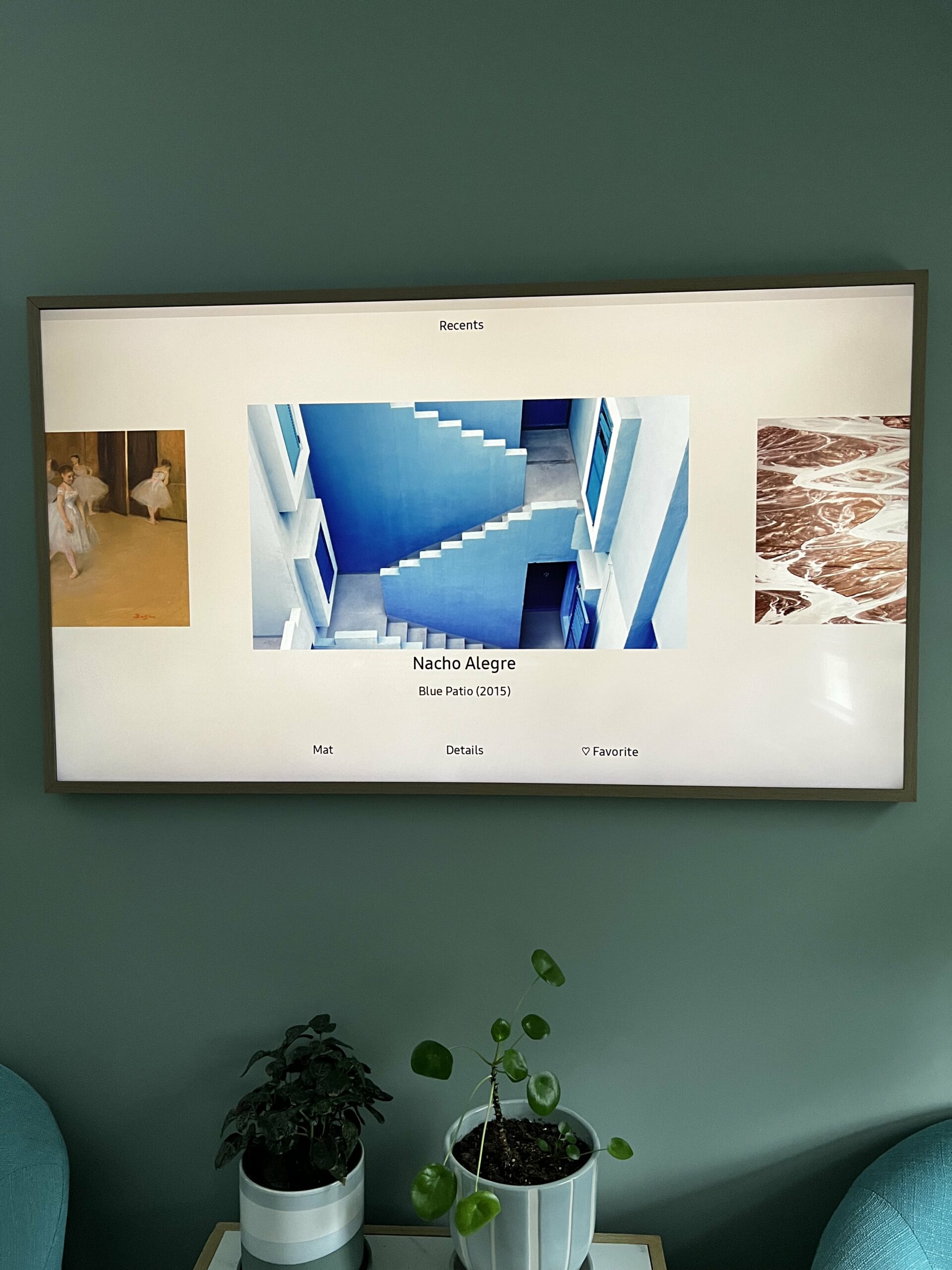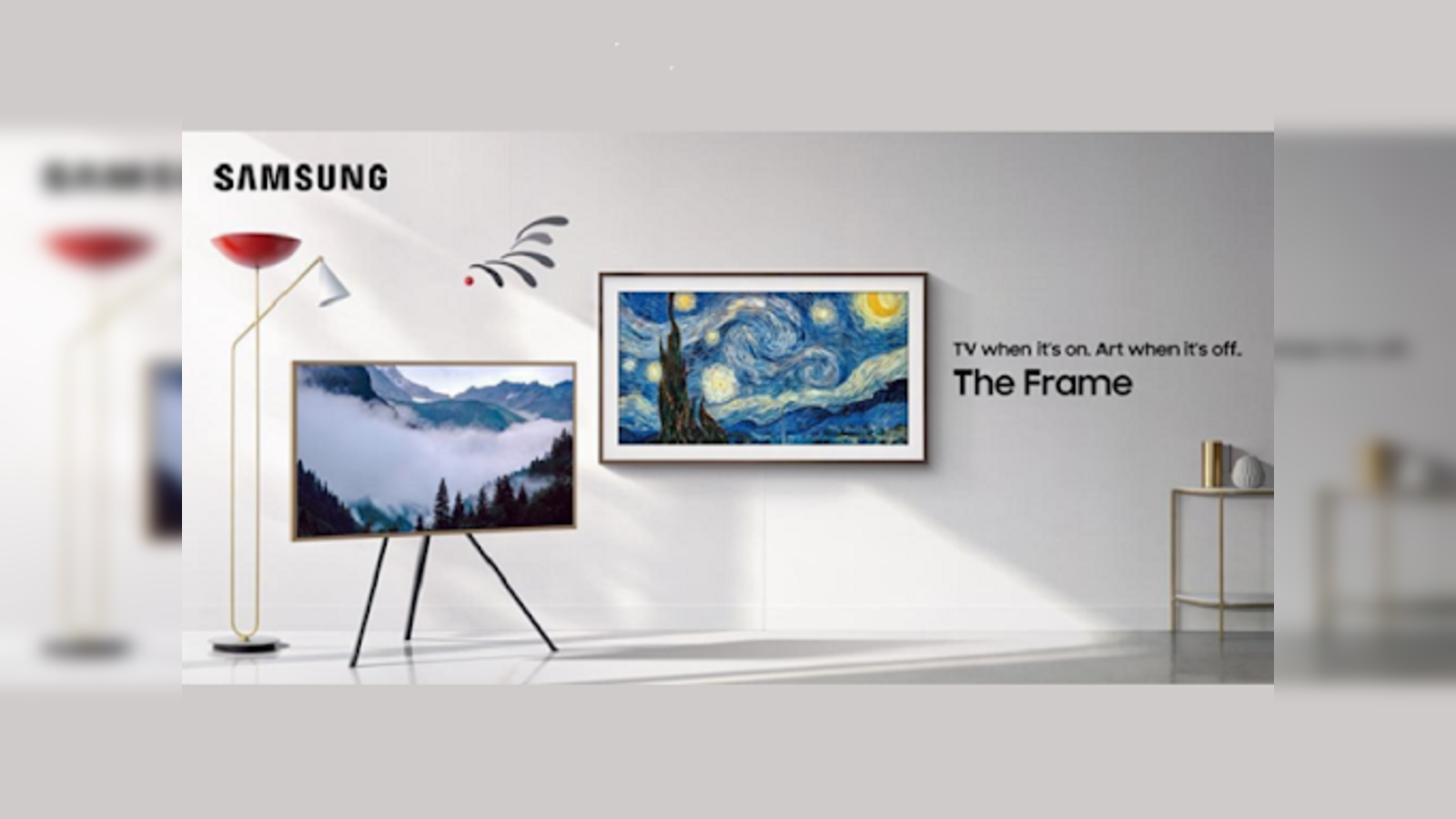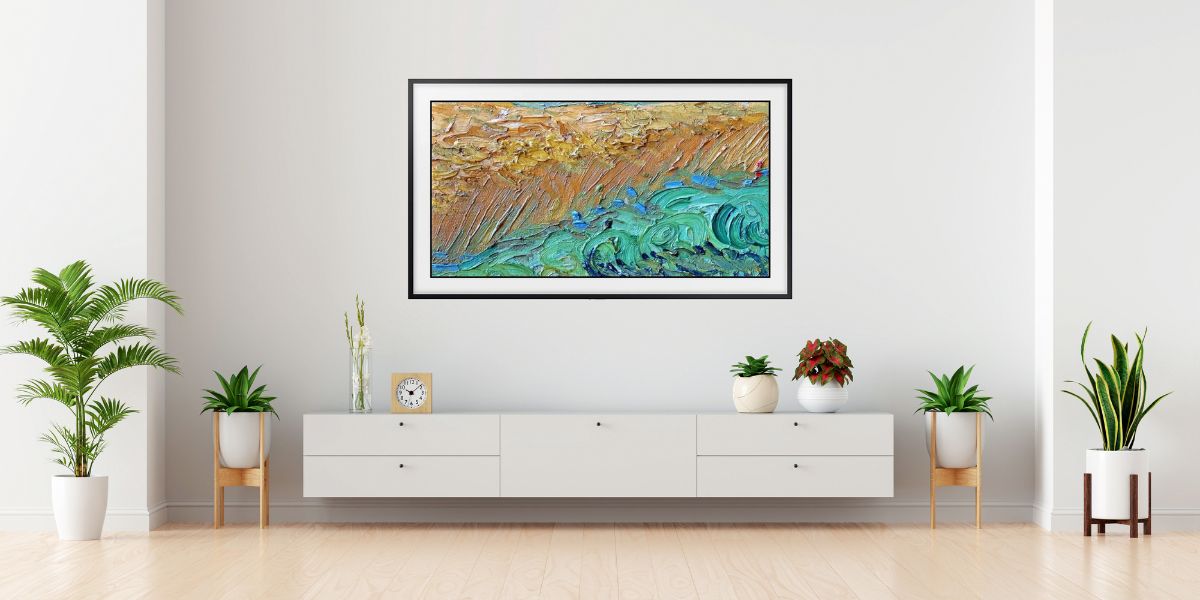The Frame TV fra Samsung er kjent for sitt unike design som smelter sømløst inn i innredningen ved å late som et innrammet kunstverk. Vi utforsker funksjonene til The Frame TV og adresserer bekymringen for potensiell utbrenning.
Innholdsfortegnelse
Introduction
When it comes to home entertainment, Samsung's The Frame TV has gained popularity for its unique design that seamlessly blends into the decor by masquerading as framed art. With the advancements in technology and the release of the 2022 model, there have been significant improvements in terms of display quality and aesthetics. However, one question that often arises is whether the Samsung frame is prone to burning out. In this article, we will explore the features of The Frame TV and address the concern of potential burnout.

The Features of The Frame TV
The Frame TV has undergone notable improvements since its introduction in 2017. The 2022 model incorporates an antiglare matte display, which is particularly beneficial in rooms with abundant natural light. This feature enhances the viewing experience by reducing glare and reflections. Additionally, the TV automatically adjusts its screen brightness, ensuring that it resembles a piece of art rather than a traditional television when in art mode. The slim design of The Frame TV, which is 45 percent thinner than previous models, allows it to hang flush against the wall, giving it a sleek and minimalistic appearance. The inclusion of a slim-fit wall mount further simplifies the installation process, enabling users to easily hang the TV without any hassle.
Minimalist Design and Cable Management
One of the standout features of The Frame TV is its minimalist design, which appeals to those who prioritize a clutter-free environment. Unlike conventional televisions that often come with a tangle of cords, The Frame TV features a single clear cable that connects it to the One Connect Box. This cable is incredibly thin, practically disappearing from view. Measuring 16 feet long, the clear cord offers flexibility in terms of placement, enabling users to connect external devices such as game consoles and satellite receivers without the need for them to be positioned next to the TV. This feature is particularly advantageous when mounting the TV in unconventional locations, such as above a fireplace mantle.
With the ability to conceal the One Connect Box and external devices, The Frame TV opens up opportunities for creative storage solutions. Users can opt for slim furniture pieces or consoles without drawers or cabinets, as there is no need to hide cables and devices. For example, a vintage entryway console can be repurposed to hold the One Connect Box, with the cords neatly tucked away underneath. This cable management feature adds to the overall aesthetic appeal of The Frame TV.
Se også
Burning Out Concerns and MicroLED Technology
When it comes to the concern of burning out, it is important to note that The Frame TV utilizes MicroLED technology. MicroLED displays offer superior contrast, response times, and energy efficiency compared to LCD technology. Additionally, they are characterized by a longer lifespan and a minimal risk of screen burn-in due to their inorganic nature. MicroLED displays have gained attention from various manufacturers, including Samsung, Sony, and LG, with prototypes being demonstrated and some products already on the market.
Commercialization of microLED displays has faced technological and production barriers, with the need to individually test and replace faulty LEDs being a time-consuming process. However, Samsung and other companies have introduced microLED products, such as "cabinets" that can be tiled to create large displays of any size. These displays also offer protection against water and dust, further increasing their durability and reliability.

Conclusion
With its sleek design, cable management features, and the utilization of MicroLED technology, The Frame TV by Samsung provides a unique viewing experience that blends seamlessly into any living space. The concern of burning out is mitigated by the inorganic nature of MicroLED displays, minimizing the risk of screen burn-in. Samsung's commitment to innovation and advancements in display technology ensures that The Frame TV continues to deliver exceptional performance without compromising on aesthetics.

Hva vil Wiki fortelle oss?
MicroLED displays offer better contrast, response times, and energy efficiency compared to LCD technology. They also have the advantage of longer lifetime and minimal risk of screen burn-in, thanks to their inorganic nature. The sub-nanosecond response time of microLEDs is advantageous for 3D/AR/VR displays that require fast image rendering. However, as of 2021, microLED displays have not been mass-produced.
Several companies have demonstrated prototypes of microLED displays, including Sony, Samsung, LG, Tianma, PlayNitride, TCL/CSoT, Jasper Display, Jade Bird Display, Plessey Semiconductors Ltd, and Ostendo Technologies, Inc. Sony already sells microLED displays as replacements for conventional cinema screens. BOE, Epistar, and Leyard have plans for microLED mass production. MicroLED displays can also be made flexible and transparent, similar to OLEDs.
Various methods are being explored for manufacturing microLED displays, such as the flip-chip method and bonding LEDs to an IC layer on a silicon substrate. The current bottleneck in the manufacturing process is the need to individually test and replace faulty LEDs, which can be a time-consuming process. Excimer lasers are used for several steps in the manufacturing process, including laser lift-off and laser cutting of the finished LEDs.
Despite the potential advantages of microLED displays, commercialization has been hindered by technological and production barriers. However, companies like Sony and Samsung have introduced microLED products, such as "cabinets" that can be tiled to create large displays of any size. These displays offer mechanisms to protect against water and dust.







